Dr. Kayeleigh Sharp
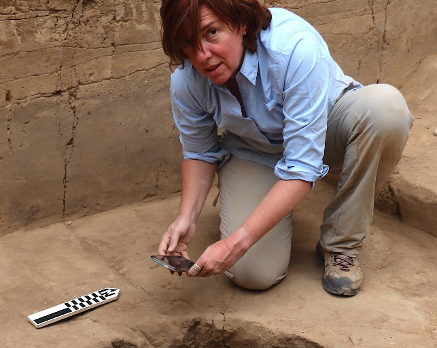
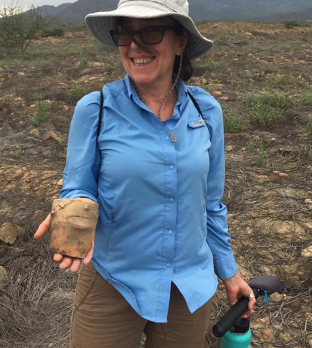
I am an Assistant Teaching Professor in the Department of Anthropology at NAU. I have a long-standing interest in Latin America and ancient Andean civilization. In 2010, I began what would become a long-term research project in the Lambayeque region of the north coast of Peru, one of the two centers of primary cultural development in the Central Andes. My fieldwork and research focus on academically overlooked, or ‘underrepresented’ archaeological groups. As such, the primary aim of my work is to expose underlying social and economic relationships that characterize this region’s dynamic past through the lens of those who lived and worked together and interacted across social boundaries. Such complexities underly the phenomenon I call “economic complementarity”, a term that refers to the mutually interdependent production, distribution, consumption of goods, and the complementary social relationships that support them.
Proyecto de Investigación Arqueológica Gallinazo del Norte (or PIAGN)

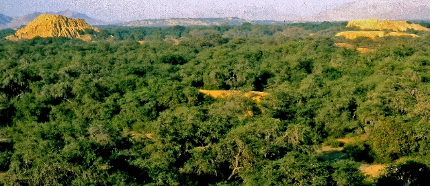
In July 2022, I launched a new long-term interdisciplinary research project on the outskirts of the Pomac Historical-Ecological Sanctuary that continues to expand on these previous works.
The Proyecto de Investigación Arqueológica Gallinazo del Norte (or PIAGN) is working to clarify the broader role of the first-millennium regional polity I recognize as the Northern Gallinazo, through expanded research on their multi-crafting industries, mining, and water management practices. An important part of this work is the endeavor to understand how social and economic relationships between the Northern Gallinazo and other first-millennium peoples persisted despite periodic climate disasters (flooding, drought and migrating sand dunes) in this dynamic part of the world.
NAU in Peru: Changing Worlds, Transforming Lifeways
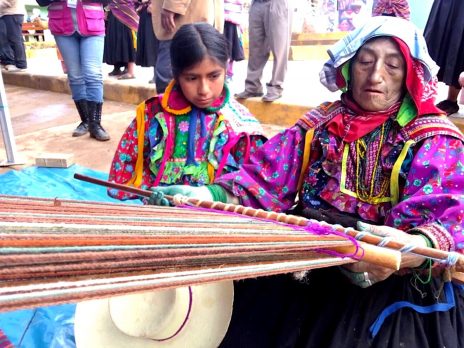
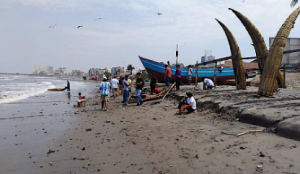
This summer (May 28-Jun 16), Changing Worlds-Transforming Lifeways will be offered in northern Peru. This experience focuses on four key themes of transition: (1) Effects of globalization and modern lifestyle in urban Peru, (2) Colonialism and the independence from Spain, (3) reclaiming traditional lifeways and the Quechua language in the nearby highlands of Incahuasi, and (4) Changing cultural and natural environment of the Pomac Forest over the past thousand years, the social/cultural impacts of disasters like El Niño and especially drought, and what that means for local residents living both in the countryside and in the city.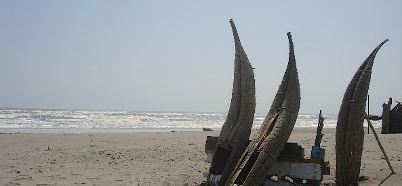
Students interested in education, history, anthropology, and/or ecology (to name a few) will witness first-hand how inhabitants of one of the most ecologically and culturally diverse locations on the planet have survived and thrived over the last several millennia when faced with various transformative events. In addition, as part of students’ service to a local community, toward professional development and preservation of the rich ecological and cultural heritage of the region, they will assist in the development of new virtual museum displays and educational materials in partnership with collaborating Sicán National Museum in the city of Ferreñafe. In exchange, participants from North America will experience in-depth and enriched educational experiences through immersive practical activities in northern Peru. How will YOU make a difference?
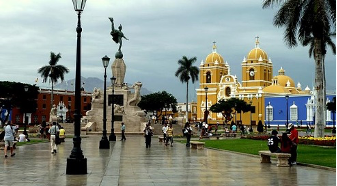
Proyecto de Investigación Arqueológica Gallinazo del Norte (or PIAGN)
The persistent yet in accurate vision of Peru’s north coast during the first millennium was built upon a conventional archaeology program that implicitly favored “ritual-funerary and elite contexts” often associated with the most visually appealing artifacts and understandable art style (i.e., realistic and narrative in character), at the expense of others that tend to be overlooked in archaeological investigations. The conventional conception of the prehispanic cultural landscape thus sees a unilineal progression of one culture replacing another over time, without giving consideration to the long-term, multi-group or multi-lateral social interrelationships north coast peoples might have maintained. My earlier work contributes to our broader understanding of the prehistory of Peru’s northern coast, through in-depth investigation of the coexistence and social interrelationships that existed among various groups that inhabited the region, a phenomenon I define as economic complementarity. In the future, the degree to which local populations were integrated into complementary social spheres and the biological identity of those individuals will be revealed. Today, I work toward laying a solid foundation for ongoing research in Lambayeque by creating research opportunities for advanced level learners from the US and Peru, while to the development and implementation of more equitable practices in archaeology while exposing overlooked archaeological groups like the Gallinazo del Norte (Northern Gallinazo) for which my current research project is named.







